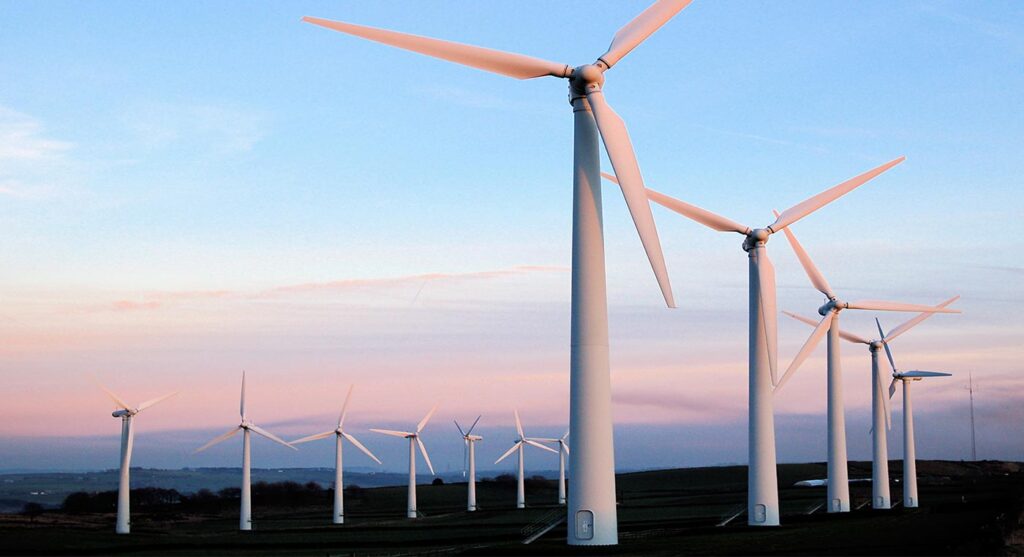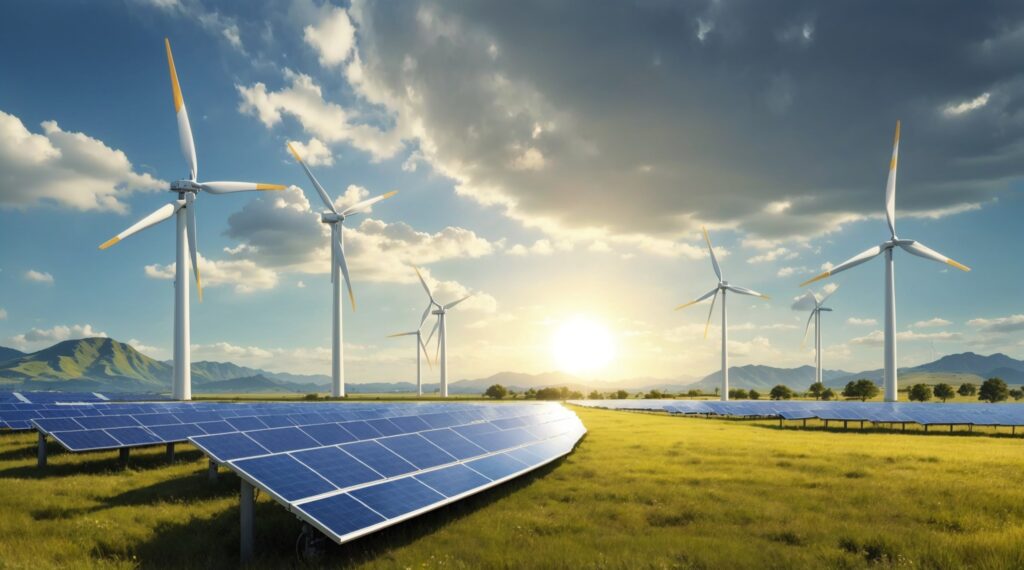
Chile is a pioneer in renewable energy development in South America focusing on solar and wind power. The country has plenty of natural resources with supportive government policies that attract investments. The country focuses on addressing climate change and achieving sustainable development goals. Chile has opportunities to achieve sustainability, international cooperation, economic growth, and energy efficiency and reliability. Additionally, it relies on energy produced from solar, wind, hydropower, and geothermal energy. Regions like the Andes mountains and the Atacama Desert provide resources for energy. The energy produced from renewable energy contributes to the country’s total energy generation. Further, the country aims to produce 60% of renewable energy by 2035 and 70% by 2050.
Investment areas in the Chilean energy sector
Chile’s renewable energy sector provides several new investment areas driven by the country’s commitment to sustainability. Its natural resources and the global push for clan energy also provide investment opportunities. Additionally, the strategic investments in these areas can generate returns and contribute to Chile’s leadership in the renewable energy landscape. There is an opportunity to invest in education and training programs focused on renewable energy technologies. Other areas of investment include carbon capture and storage, agri-voltaics, bioenergy, industrial decarbonization, and smart grid technologies.
Renewable energy projects in Chile
Chile has several projects that contribute to its position as a global leader in renewable energy. With continued investments in the energy sector, Chile could expand the various energy projects in the country. These investments are driving the expansion of solar, wind, geothermal, and green hydrogen projects. Additionally, the investments help in the modernization of the energy grid and achieving sustainability goals. The following are the renewable energy projects benefiting from investments in 2024.

- Solar power projects – the Atacama Desert has some of the highest solar radiation levels around the globe. It attracts investments in large-scale solar PV and concentrated solar power projects. Also, new investments are enabling the expansion of existing solar farms and the development of new ones. Such projects include the Cerro Dominador project and the El Romero solar project.
- Wind energy projects – the southern regions of Chile and Patagonia have seen increased investments in wind energy projects. This is due to the region’s strong and consistent wind patterns, which help tap into the most abundant resources. This provides opportunities for projects such as onshore and offshore wind farms in Chile. Some of the projects include the Cerro Tigre wind farm, the Valles de los Vientos wind farm, and other smaller-scale wind farms.
- Hydropower projects – there is growing investment in small and medium-scale hydropower projects. These projects aim at diversifying and stabilizing the energy grid in the country. These projects are enhancing Chile’s ability to store and manage renewable energy. Such projects include the Colbun hydroelectric power plant and the Pangue hydroelectric power plant.
- Geothermal energy development – there are several geothermal plants located in the Andes mountains. Increased investments help to increase capacity and improve efficiency, contributing to Chile’s diverse energy mix. Geothermal projects include El Tatio geothermal field and Cerro Pabellon.
Benefits of investments in the Chilean renewable energy sector
Continued investments in renewable energy projects in Chile provide various benefits. This includes economic growth, energy security, social empowerment, and environmental protection. These investments help in achieving climate goals, fostering innovation, and ensuring long-term sustainability. These benefits include:

- Economic growth and job creation – continued investment in renewable energy drives economic growth in the country. This is by creating a robust sector that attracts domestic and international capital. Increased flow of capital stimulates various industries, from construction to manufacturing.
- Energy independence and security – Chile reduces its reliance on imported fuels and enhances energy security. This is by increasing the share of renewables in its energy mix. This shift also protects the country from volatile global energy prices.
- Climate benefits – investments in renewable energy contribute to the reduction of greenhouse gas emissions. It helps Chile meet its climate targets and commitments under international agreements.
- Innovation and technological advancements – continued investments encourage innovation in technologies such as energy storage and smart grids. The country can also export its technology, expertise, and services to other countries in the region.
- Social and community benefits – investments in renewable energy improve access to clean and reliable electricity. It is essential for enhancing the quality of life in underserved communities.